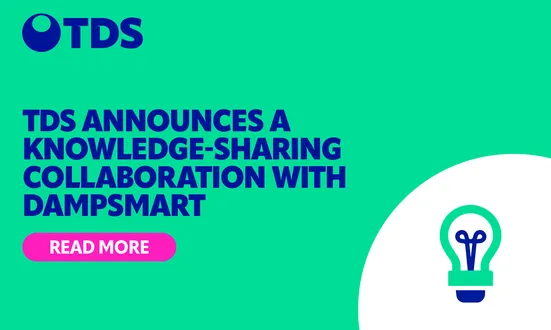When buying new software, it’s important to consider how your team will be trained as early in the process as possible. For many teams, training is thought of as a final step. However, for a technology roll out to be successful – and for your team to feel confident using the new lettings software – training needs to run parallel to the setup and installation.
1. Establish the technology’s benefits
Before your team starts the training – whether the training is self-taught or led by a product expert – make sure you establish why this new software is being implemented. Providing your team with context as to why you’ve adopted this product will help reduce any resistance they might have to change, to encourage user engagement and a positive mindset.
One way to do this is to highlight the benefits that this product will bring to your team. For example, reducing the time spent on small administrative tasks so they can focus on other areas of their work. You could also outline how this new tool will fit into their day-to-day workflow so employees understand why they need to prioritise time for training and on-going learning.
Your team will feel more involved in the process as a result – which, in turn, helps increase buy-in and willingness to adopt the new software – and, ultimately, ensure your new technology helps your agency achieve its goals.
2. Review the learning materials
Spending time reviewing any pre-training materials, such as the company help centre or training resources that have been provided, will help users understand the basics so the training can focus on how the user will achieve their desired goals. This will help drive excitement in your team to start using the new software as soon as the training is over, because they will have a better understanding of how it will help them achieve their desired outcomes.
At Goodlord, we have a help centre and training video library, to help give all our users a basic understanding of how the platform works. It also doubles as a great learning resource for refreshers and for any new starters who join the business – and other suppliers may have similar resources for your team to access.
Ensuring your team makes time to review these materials as soon as they can will mean they get much more out of their training and higher adoption rates for the new technology.
3. Follow training best practices
Whether the training is an online session, in person, or self-taught via an e-learning site, there are some key things you or your staff can do to ensure you get the most value from training.
Online sessions:
- Check out any pre-training resources provided to familiarise yourself with the product.
- Book out a meeting room or find a quiet space in your office so noise levels and distractions are at a minimum.
- Keep five minutes free before the scheduled session in case you need to dial into a conference call and screen share.
- Take your own notes throughout the training.
In-person:
- If you’re the key stakeholder in rolling out the product, confirm your attendee list.
- Check out any pre-training resources provided to familiarise yourself with the software.
- Take your own notes throughout the training.
Individual e-learning sessions:
- Make sure you have a quiet space.
- Carve out a set amount of time every day or week if there are multiple sessions to complete.
- Buddy up! Work with another colleague to push each other to complete the sessions.
Originally published on Goodlord’s Newsagent.

Other news stories


